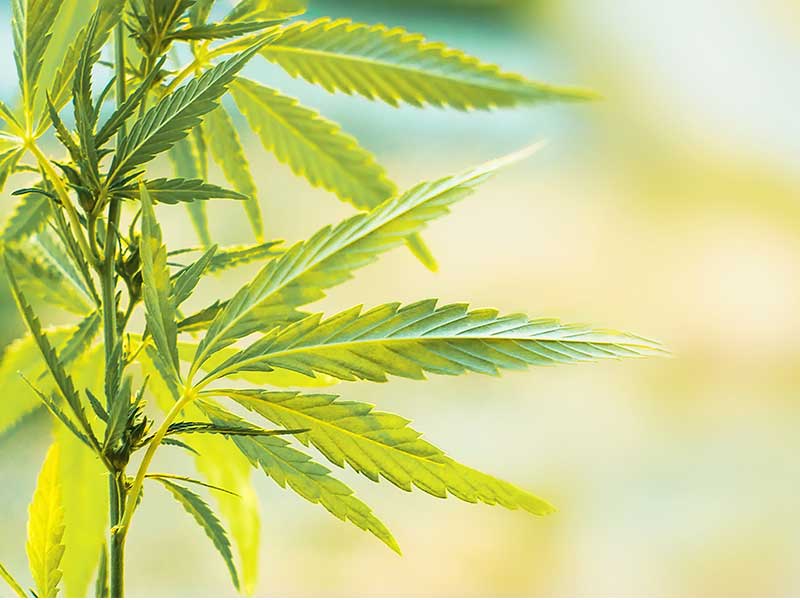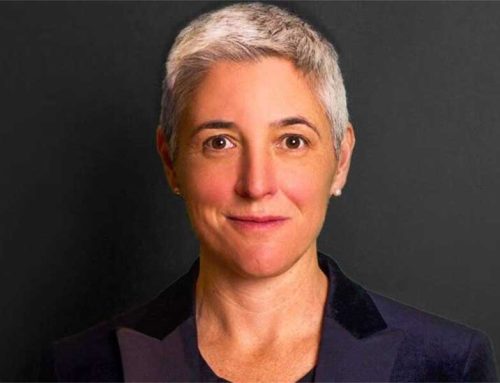Cannabis plants and its extracts were used for medicinal purposes for centuries. The first documented use was in China 2500 BC. Despite this, political influences made it largely illegal (rapidly changing picture as you can now grow it in Thailand). With prohibition the cannabis available became more potent, in particular with higher concentrations of THC and little CBD, which would balance the possible negative effect of the first.
Cannabis contains a lot of ingredients (including over 100 phytocannabinoids) with potential medicinal purposes. The most researched are CBD and THC, but there is a growing body of research for the effects that others have and their potential medicinal uses, CBG to mention one.
While the cannabis plant still has a somewhat negative public image (and in the UK is illegal to possess without a prescription) one of its active ingredients (CBD) became a household name, with even the most popular Vitamin brand widely advertising its own CBD product.
So, what really is CBD and most importantly what can it do?
CBD works by combining with receptors in our own endocannabinoid system (yes, our body produces our own ‘cannabis’) and this system is implicated in multiple bodily functions.
Unlike the other known ingredient (THC) it does not produce a ‘high’, there is no evidence of potential intoxication, psychotic symptoms (in fact it might have an antipsychotic effect) or impairment in psychomotor function.
There is strong evidence for anti-epileptic effect, but also some evidence in improving pain, reducing anxiety, improving sleep and reducing overactive immune system.
There is a range of CBD products, from isolates (containing only CBD) through broad spectrum (containing other active ingredients from the cannabis plant) to full spectrum (which can include THC). The latter two would benefit from the so called ‘entourage effect’ when the active ingredients produce effect that’s larger than the sum of its elements.
What about the over-the counter (OTC) CBD?
This is typically derived from hemp, which contains very little of the other active ingredients, hence would be very limited in the ability to produce the entourage effect. Given the effects of CBD this might still be helpful in a number of conditions.
What type of products are there?
The medicinal grade CBD would typically come in a form of oils or flowers, some of which can be vaporised, but the OTC products can come in the form of gummies, chewing gum or in fact any type of food and drink the producers can think off.







Leave A Comment